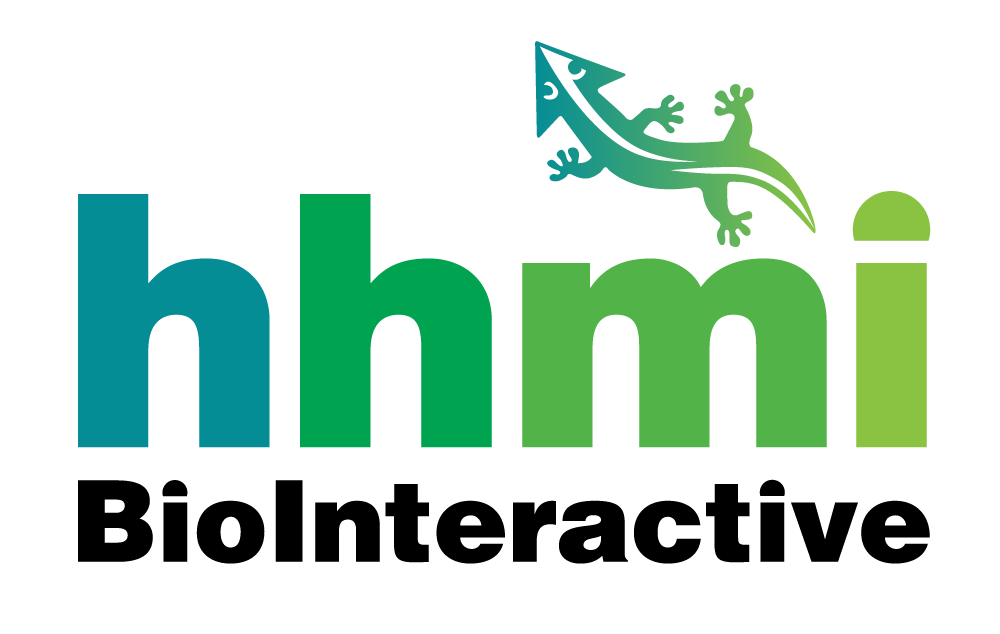2143 total view(s), 1811 download(s)
Bio version sickle cell case study.docx(DOCX | 262 KB)
Physiology Sickle Cell Case Educator Doc.docx(DOCX | 473 KB)
Physiology Sickle Cell Case Student.docx(DOCX | 268 KB)
Sickle Cell BIO Educator Doc.docx(DOCX | 473 KB)
- https://www.biointeractive.org/classroom-resources/sickle-cell-disease
- https://www.biointeractive.org/classroom-resources/making-fittest-natural-selection-humans
ClinicalTrials.pdf(PDF | 254 KB)
- License terms
Description
Short film: Tony Allison first noticed a connection between malaria and the sickle cell trait while working in East Africa in the 1950s. The story of his discovery stands as one of the best understood examples of natural selection in humans in which the selective agent, adaptive mutation, and molecule involved are all known. The protection against malaria provided by the sickle cell mutation demonstrates how evolution does not necessarily result in optimal solutions for the species but proceeds in response to selective pressures by utilizing what variation is available.
The “Abbreviated Film Guide” provides a short summary of the film, along with key concepts and connections to curriculum standards.
Animation: Sickle cell disease (also known as sickle cell anemia) is caused by a mutation in the protein hemoglobin. The animation illustrates how the mutated hemoglobin proteins can change the shape of red blood cells and ultimately reduce blood flow through the body. The animation also explores the mutation behind the disease: a single nucleotide change causing an amino acid substitution that can make hemoglobin molecules stick together.
Case Study: Students work through the biological and physiological repercussions of Sickle Cell Disease, as well as the Biology behind novel therapeutic approaches.
Notes
Version 2 update lists the animation resource
Cite this work
Researchers should cite this work as follows:
- Co, E. (2020). Sickle Cell Disease Case Study. HHMI BioInteractive A&P FMN (2019), QUBES Educational Resources. doi:10.25334/G6MX-3Q88
